batch_softmax_loss
每个用户抽取一定数量的困难负样本,然后ssm
def batch_softmax_loss_neg(self, user_idx, rec_user_emb, pos_idx, item_emb):user_emb = rec_user_emb[user_idx]product_scores = torch.matmul(F.normalize(user_emb, dim=1), F.normalize(item_emb, dim=1).transpose(0, 1))pos_score = (rec_user_emb[user_idx] * item_emb[pos_idx]).sum(dim=-1)pos_score = torch.exp(pos_score / self.temp2)train_mask = self.data.ui_adj[user_idx, self.data.user_num:].toarray()train_mask = torch.tensor(train_mask).cuda()product_scores = product_scores * (1 - train_mask)neg_score, indices = product_scores.topk(500, dim=1, largest=True, sorted=True)neg_score = torch.exp(neg_score[:,400:] / self.temp2).sum(dim=-1)loss = -torch.log(pos_score / (pos_score + neg_score + 10e-6))return torch.mean(loss)
def batch_softmax_loss_neg(user_emb, pos_item_emb, neg_item_emb, temperature):user_emb, pos_item_emb, neg_item_emb = F.normalize(user_emb, dim=1), F.normalize(pos_item_emb, dim=1), F.normalize(neg_item_emb, dim=1)pos_score = (user_emb * pos_item_emb).sum(dim=-1)pos_score = torch.exp(pos_score / temperature)user_emb = user_emb.unsqueeze(1).expand(user_emb.shape[0],neg_item_emb.shape[1],user_emb.shape[1])neg_score = (user_emb * neg_item_emb).sum(dim=-1) # user_emb(n*1*d) neg_item_emb = (n*m*d)neg_score = torch.exp(neg_score / temperature).sum(dim=-1)loss = -torch.log(pos_score / (pos_score + neg_score + 10e-6))return torch.mean(loss)
均匀性损失(错误案例)
# def cal_uniform_loss(user_emb, item_emb):
# user_emb, item_emb = F.normalize(user_emb, dim=1), F.normalize(item_emb, dim=1)
# distance = user_emb - item_emb # n*d
# gaussian_potential = torch.exp(-2 * torch.norm(distance,p=2,dim=1))
# E_gaussian_potential = gaussian_potential.mean()
# return torch.log(E_gaussian_potential)
DNS
def DNSbpr(user_emb, pos_item_emb, neg_item_emb):pos_score = torch.mul(user_emb, pos_item_emb).sum(dim=1)user_emb = user_emb.unsqueeze(1).expand(user_emb.shape[0], neg_item_emb.shape[1], user_emb.shape[1])ttl_socre = (user_emb * neg_item_emb).sum(dim=-1)neg_score = torch.max(ttl_socre, dim=1).valuesloss = -torch.log(10e-6 + torch.sigmoid(pos_score - neg_score))return torch.mean(loss)
带margin的infonce
def InfoNCE_margin(view1, view2, temperature, margin, b_cos = True):if b_cos:view1, view2 = F.normalize(view1, dim=1), F.normalize(view2, dim=1)pos_score = (view1 * view2).sum(dim=-1)pos_score = torch.exp(pos_score / temperature)margin = margin * torch.eye(view1.shape[0])ttl_score = torch.matmul(view1, view2.transpose(0, 1))ttl_score += margin.cuda(0)ttl_score = torch.exp(ttl_score / temperature).sum(dim=1)cl_loss = -torch.log(pos_score / ttl_score+10e-6)return torch.mean(cl_loss)def InfoNCE_tau(view1, view2, temperature):view1, view2 = F.normalize(view1, dim=1), F.normalize(view2, dim=1)pos_score = (view1 * view2).sum(dim=-1)pos_score = torch.exp(pos_score / temperature)ttl_score = torch.matmul(view1, view2.transpose(0, 1))ttl_score = torch.exp(ttl_score / temperature).sum(dim=1)cl_loss = -torch.log(pos_score / ttl_score+10e-6)return torch.mean(cl_loss)def batch_bpr_loss(user_emb, item_emb):pos_score = torch.mul(user_emb, item_emb).sum(dim=1)neg_score = torch.matmul(user_emb, item_emb.transpose(0, 1)).mean(dim=1)loss = -torch.log(10e-6 + torch.sigmoid(pos_score - neg_score))return torch.mean(loss)def Dis_softmax(view1, view2, temperature, b_cos = True):if b_cos:view1, view2 = F.normalize(view1, dim=1), F.normalize(view2, dim=1)N,M = view1.shapepos_score = (view1 - view2).norm(p=2, dim=1)pos_score = torch.exp(pos_score / temperature)view1 = view1.unsqueeze(1).expand(N,N,M)view2 = view2.unsqueeze(0).expand(N,N,M)ttl_score = (view1 - view2).norm(p=2, dim=-1)ttl_score = torch.exp(ttl_score / temperature).sum(dim=1)cl_loss = torch.log(pos_score / ttl_score+10e-6)return torch.mean(cl_loss)
LightGCN+对比学习
def forward(self, perturbed=False):ego_embeddings = torch.cat([self.embedding_dict['user_emb'], self.embedding_dict['item_emb']], 0)all_embeddings = []all_embeddings_cl = ego_embeddingsfor k in range(self.n_layers):ego_embeddings = torch.sparse.mm(self.sparse_norm_adj, ego_embeddings)if perturbed:random_noise = torch.rand_like(ego_embeddings).cuda()ego_embeddings += torch.sign(ego_embeddings) * F.normalize(random_noise, dim=-1) * self.epsall_embeddings.append(ego_embeddings)if k==self.layer_cl-1:all_embeddings_cl += F.normalize(all_embeddings[1]-all_embeddings[0], dim=-1) * self.epsfinal_embeddings = torch.stack(all_embeddings, dim=1)final_embeddings = torch.mean(final_embeddings, dim=1)user_all_embeddings, item_all_embeddings = torch.split(final_embeddings, [self.data.user_num, self.data.item_num])user_all_embeddings_cl, item_all_embeddings_cl = torch.split(all_embeddings_cl, [self.data.user_num, self.data.item_num])if perturbed:return user_all_embeddings, item_all_embeddings,user_all_embeddings_cl, item_all_embeddings_clreturn user_all_embeddings, item_all_embeddings
def train(self):model = self.model.cuda()optimizer = torch.optim.Adam(model.parameters(), lr=self.lRate)hot_uidx, hot_iidx = self.select_ui_idx(500, mode='hot')cold_uidx, cold_iidx = self.select_ui_idx(500, mode='cold')norm_uidx, norm_iidx = self.select_ui_idx(500, mode='norm')iters = 10alphas_init = torch.tensor([1, 2], dtype=torch.float64).to(device)betas_init = torch.tensor([2, 1], dtype=torch.float64).to(device)weights_init = torch.tensor([1 - 0.05, 0.05], dtype=torch.float64).to(device)for epoch in range(self.maxEpoch):# epoch_rec_loss = []bmm_model = BetaMixture1D(iters, alphas_init, betas_init, weights_init)rec_user_emb, rec_item_emb, cl_user_emb, cl_item_emb = model(True)self.bmm_fit(rec_user_emb, rec_item_emb,torch.arange(self.data.user_num),np.random.randint(0,self.data.item_num, 100),bmm_model)for n, batch in enumerate(next_batch_pairwise(self.data, self.batch_size)):user_idx, pos_idx, rec_neg_idx = batchrec_user_emb, rec_item_emb, cl_user_emb, cl_item_emb = model(True)user_emb, pos_item_emb= rec_user_emb[user_idx], rec_item_emb[pos_idx]# rec_loss = self.batch_softmax_loss_neg(user_idx, rec_user_emb, pos_idx, rec_item_emb)# rec_neg_idx = torch.tensor(rec_neg_idx,dtype=torch.int64)# rec_neg_item_emb = rec_item_emb[rec_neg_idx]weight = self.getWeightSim(user_emb, pos_item_emb, bmm_model)rec_loss = weighted_SSM(user_emb,pos_item_emb,self.temp2,weight)cl_loss = self.cl_rate * self.cal_cl_loss([user_idx,pos_idx],rec_user_emb,cl_user_emb,rec_item_emb,cl_item_emb)batch_loss = rec_loss + l2_reg_loss(self.reg, user_emb, pos_item_emb) + cl_loss# epoch_rec_loss.append(rec_loss.item()), epoch_cl_loss.append(cl_loss.item())# Backward and optimizeoptimizer.zero_grad()batch_loss.backward()optimizer.step()if n % 100==0 and n>0:print('training:', epoch + 1, 'batch', n, 'rec_loss:', rec_loss.item(), 'cl_loss', cl_loss.item())with torch.no_grad():self.user_emb, self.item_emb = self.model()hot_emb = torch.cat([self.user_emb[hot_uidx],self.item_emb[hot_iidx]],0)cold_emb = torch.cat([self.user_emb[cold_uidx],self.item_emb[cold_iidx]],0)self.eval_uniform(epoch, hot_emb, cold_emb)hot_user_mag = self.cal_sim(epoch, hot_uidx, self.user_emb, self.item_emb,mode='hot')self.cal_sim(epoch, norm_uidx, self.user_emb, self.item_emb, mode='norm')cold_user_mag= self.cal_sim(epoch, cold_uidx, self.user_emb, self.item_emb, mode='cold')hot_item_mag = self.item_magnitude(epoch, hot_iidx, self.item_emb,mode='hot')self.item_magnitude(epoch, norm_iidx, self.item_emb, mode='norm')cold_item_mag = self.item_magnitude(epoch, cold_iidx, self.item_emb, mode='cold')print('training:',epoch + 1,'U_mag_ratio:',hot_user_mag/cold_user_mag, 'I_mag_ratio:',hot_item_mag/cold_item_mag)# self.getTopSimNeg(hot_uidx, self.user_emb,self.item_emb, 100)# self.getTopSimNeg(norm_uidx,self.user_emb,self.item_emb, 100)# self.getTopSimNeg(cold_uidx,self.user_emb,self.item_emb, 100)# epoch_rec_loss = np.array(epoch_rec_loss).mean()# self.loss.extend([epoch_rec_loss,epoch_cl_loss,hot_pair_uniform_loss.item(),random_item_uniform_loss.item()])# if epoch%5==0:# self.save_emb(epoch, hot_emb, mode='hot')# self.save_emb(epoch, random_emb, mode='random')self.fast_evaluation(epoch)# self.save_loss()self.user_emb, self.item_emb = self.best_user_emb, self.best_item_emb# self.save_emb(self.bestPerformance[0], hot_emb, mode='best_hot')# self.save_emb(self.bestPerformance[0], random_emb, mode='best_random')
hard_neg buffer
def getHardNeg(self, user_idx, pos_idx, rec_user_emb, rec_item_emb,temperature):u_emb,i_emb = F.normalize(rec_user_emb[user_idx], dim=1),F.normalize(rec_item_emb[pos_idx], dim=1)pos_score = (u_emb * i_emb).sum(dim=-1)pos_score = torch.exp(pos_score / temperature)i_emb = i_emb.unsqueeze(0).expand(u_emb.size(0), -1, -1)neg_idx = torch.LongTensor(pos_idx).unsqueeze(0).expand(u_emb.size(0), -1).to(device)# if torch.all(self.hardNeg[user_idx])!=0:# preNeg = self.hardNeg[user_idx]# preNeg_emb = F.normalize(rec_item_emb[preNeg], dim=1)# neg_idx = torch.cat([neg_idx,preNeg],1)# i_emb = torch.cat([i_emb, preNeg_emb],1)ttl_score = (u_emb.unsqueeze(1) * i_emb).sum(dim=-1)indices = torch.topk(ttl_score, k=100)[1].detach()ttl_score = torch.exp(ttl_score / temperature).sum(dim=1)rec_loss = -torch.log(pos_score / ttl_score + 10e-6)chosen_hardNeg = neg_idx[torch.arange(i_emb.size(0)).unsqueeze(1), indices]self.hardNeg[user_idx] = chosen_hardNegreturn torch.mean(rec_loss)
相关文章:

batch_softmax_loss
每个用户抽取一定数量的困难负样本,然后ssm def batch_softmax_loss_neg(self, user_idx, rec_user_emb, pos_idx, item_emb):user_emb rec_user_emb[user_idx]product_scores torch.matmul(F.normalize(user_emb, dim1), F.normalize(item_emb, dim1).transpose(…...

刘汉清:从生活到画布,宠物成为灵感源泉
出生于中国镇江的艺术家刘汉清,其作品展现出他对日常生活的深入洞察力,以及对美的独特理解。他的作品通常没有视觉参考,而是通过对他周围环境的理解,尤其是他的宠物,来进行创作。 在刘汉清的创作过程中,他…...
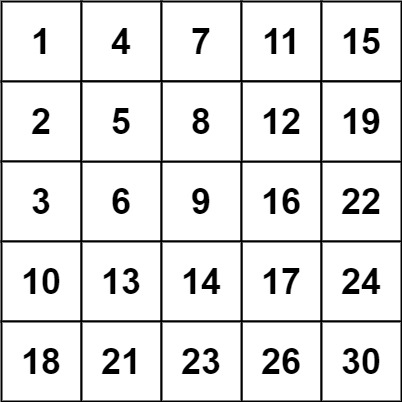
【LeetCode】240.搜索二维矩阵Ⅱ
题目 编写一个高效的算法来搜索 m x n 矩阵 matrix 中的一个目标值 target 。该矩阵具有以下特性: 每行的元素从左到右升序排列。每列的元素从上到下升序排列。 示例 1: 输入:matrix [[1,4,7,11,15],[2,5,8,12,19],[3,6,9,16,22],[10,13,…...

SED正则表达式中[方括号]的特殊处理
今天被这个方括号懵晕了,特此记录 例如: 去除输入字符串“1[2.3]4[ab,c]”中的所有方括号和逗号: $ echo "1[2.3]4[ab,c]"|sed -e "s/[,\]\[]//g" 1[2.3]4[ab,c] It doesnt work! 原因:Regular Expressi…...

Android 音频开发
在Android平台上进行音频开发,您需要掌握以下关键知识点: Android平台基础知识:熟悉Android操作系统的基本架构、组件和应用开发的基本概念。 音频API:了解Android提供的音频相关API,主要包括android.media.AudioReco…...

Java8新特性,Lambda,Stream流
Java8新特性,Lambda,Stream流 Java8版本在2014年3月18日发布,为Java语言添加了很多重要的新特性。新特性包括:Lambda表达式、方法引用、默认方法、新的时间日期API、Stream API、Optional类等等。这些新特性大大增强了Java语言的表达能力,使…...

模型训练之train.py代码解析
题目 作者:安静到无声 个人主页 from __future__ import absolute_import from __future__ import division from __future__ import print_function这段代码使用了Python 2.x的__future__模块来导入Python 3.x的一些特性。在Python 2.x中,使用print语句来输出内容,而在Py…...

linux 复习
vim 使用 一般模式 、 命令模式、编辑模式 esc 进入一般模式 i 进入编辑模式 shift: 进入命令模式 yy p 复制粘贴 5yy 复制当前开始的5行 dd 删除 5dd 删除当前开始的5行 u撤销操作 ctrlr 恢复 shiftg 滚动最底部 gg 滚动最顶 输入数字 然后shiftg 跳转到指定行 用户操作…...

C语言刷题------(2)
C语言刷题——————(2) 刷题网站:题库 - 蓝桥云课 (lanqiao.cn) First Question:时间显示 题目描述 小蓝要和朋友合作开发一个时间显示的网站。 在服务器上,朋友已经获取了当前的时间,用一个整数表…...

JVM 之 OopMap 和 RememberedSet
前几天看周志明的《深入 Java 虚拟机》,感觉对 OopMap 和 RememberedSet 的介绍,看起来不太容易理解清楚。今天查了一些资料,并结合自己的一些猜想,把对这两种数据结构的理解写出来。目的只是为了简单易懂,而且多有推测…...

Original error: gsmCall method is only available for emulators
在夜神模拟器执行报错 self.driver.make_gsm_call(5551234567, GsmCallActions.CALL)意思是gsmCall这个命令不支持,只支持下面这些命令 selenium.common.exceptions.UnknownMethodException: Message: Unknown mobile command "gsmCall". Only shell,exe…...
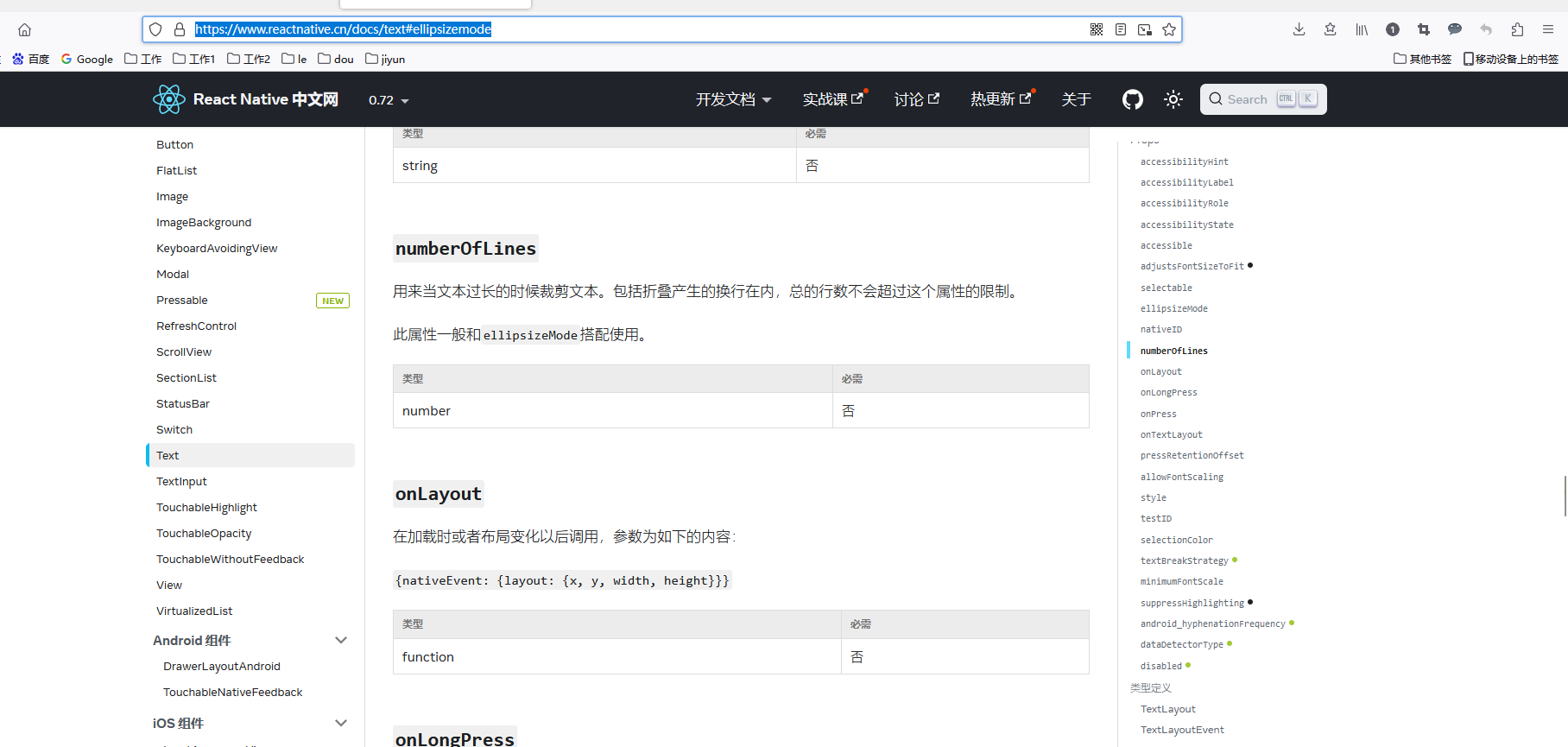
React Native从文本内容尾部截取显示省略号
<Textstyle{styles.mMeNickname}ellipsizeMode"tail"numberOfLines{1}>{userInfo.nickname}</Text> 参考链接: https://www.reactnative.cn/docs/text#ellipsizemode https://chat.xutongbao.top/...

机器学习笔记之优化算法(十一)凸函数铺垫:梯度与方向导数
机器学习笔记之优化算法——凸函数铺垫:梯度与方向导数 引言回顾:偏导数方向余弦方向导数方向导数的几何意义方向导数的定义 方向导数与偏导数之间的关联关系证明过程 梯度 ( Gradient ) (\text{Gradient}) (Gradient) 引言 本节作为介绍凸函数的铺垫&a…...
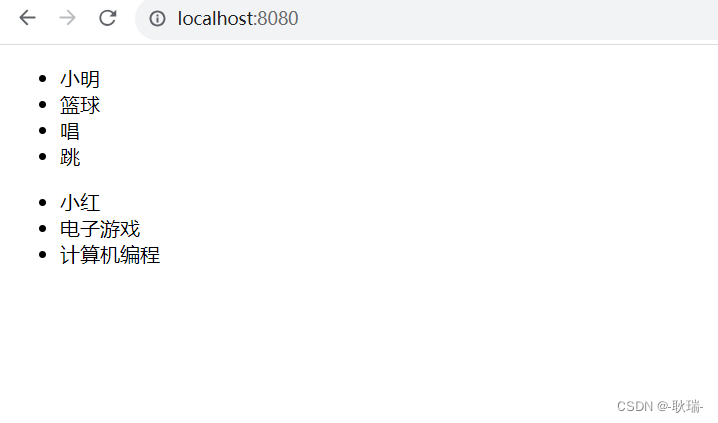
探究Vue源码:mustache模板引擎(11) 递归处理循环逻辑并收尾算法处理
好 在上文 探究Vue源码:mustache模板引擎(10) 解决不能用连续点符号找到多层对象问题,为编译循环结构做铺垫 我们解决了js字符串没办法通过 什么点什么拿到对象中的值的问题 这个大家需要记住 因为这个方法的编写之前是当做面试题出现过的 那么 本文 我们就要去写上…...
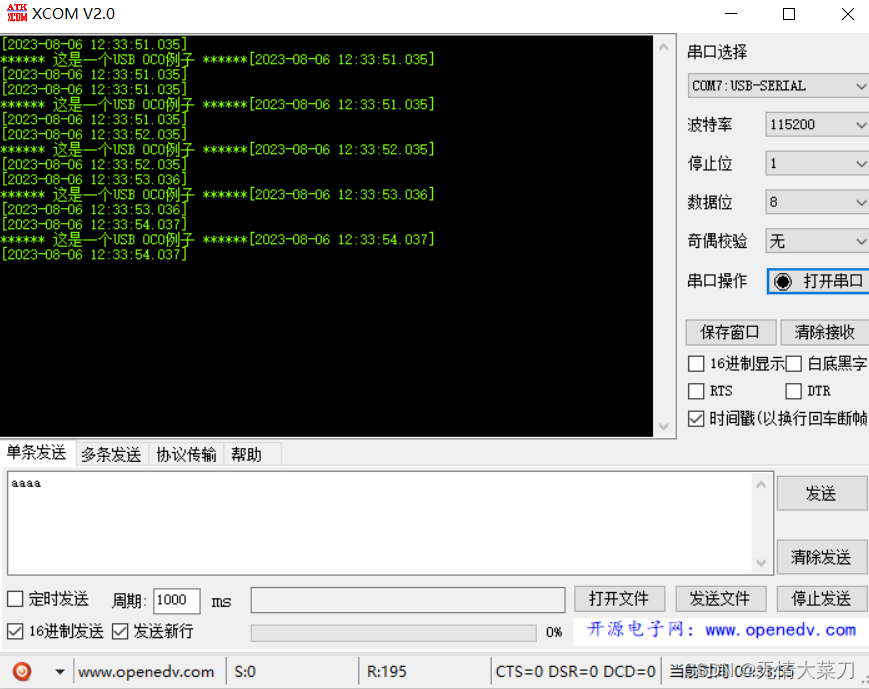
STM32 CubeMX USB_CDC(USB_转串口)
STM32 CubeMX STM32 CubeMX 定时器(普通模式和PWM模式) STM32 CubeMX一、STM32 CubeMX 设置USB时钟设置USB使能UBS功能选择 二、代码部分添加代码实验效果 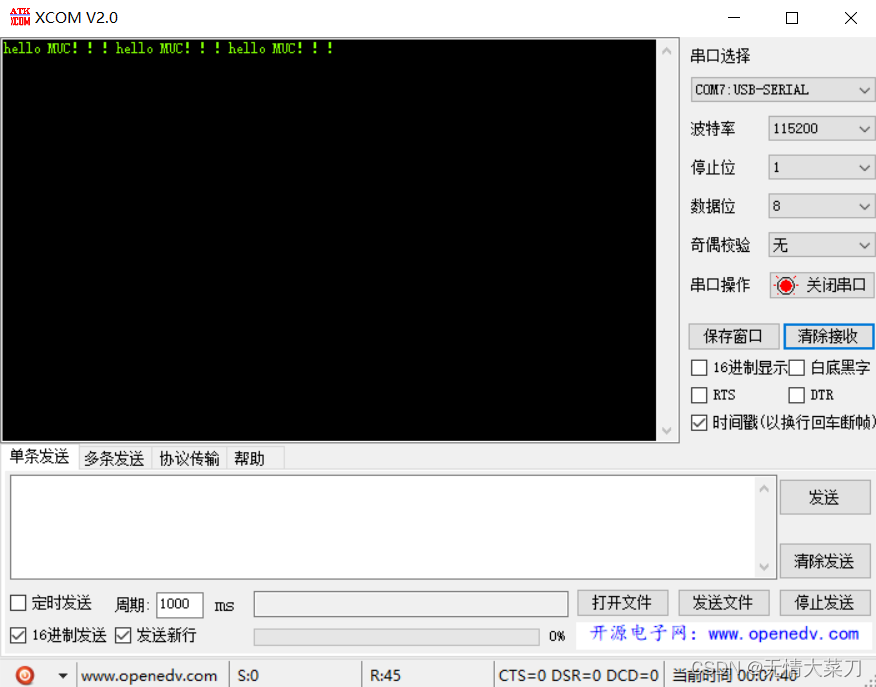printf发…...
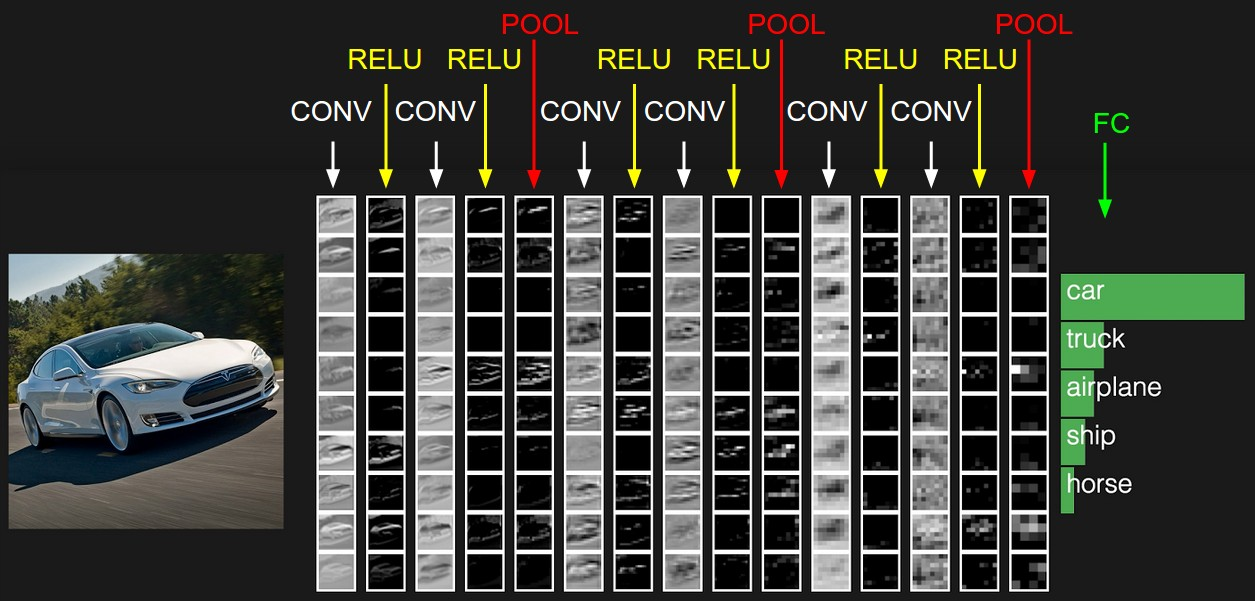
机器学习——卷积神经网络基础
卷积神经网络(Convolutional Neural Network:CNN) 卷积神经网络是人工神经网络的一种,是一种前馈神经网络。最早提出时的灵感来源于人类的神经元。 通俗来讲,其主要的操作就是:接受输入层的输入信息&…...

端到端自动驾驶前沿论文盘点(pdf+代码)
现在的自动驾驶,大多数还是采用的模块化架构,但这种架构的缺陷十分明显:在一个自动驾驶系统里,可能会包含很多个模型,每个模型都要专门进行训练、优化、迭代,随着模型的不断进化,参数量不断提高…...
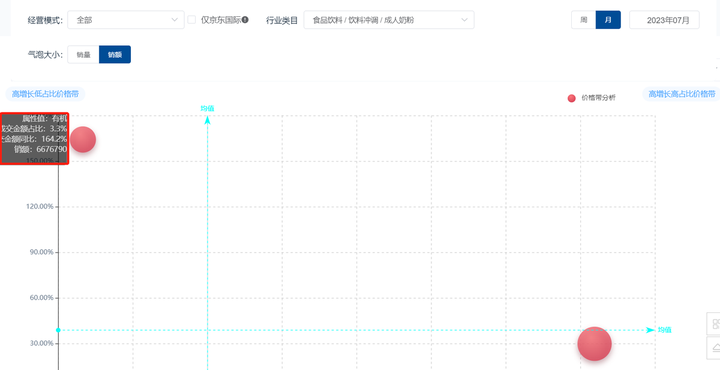
2023年中期奶粉行业分析报告(京东数据开放平台)
根据国家统计局和民政部数据公布,2022年中国结婚登记数创造了1980年(有数据公布)以来的历史新低,共计683.3万对。相较于2013年巅峰时期的数据,2022年全国结婚登记对数已接近“腰斩”。 2023年“520”期间的结婚登记数…...

web集群学习:基于CentOS 7构建 LVS-DR 群集并配置服务启动脚本
目录 1、环境准备 2、配置lvs服务启动脚本 1、在RS上分别配置服务启动脚本 2、在lvs director上配置服务启动脚本 3、客户端测试 配置LVS-DR模式主要注意的有 1、vip绑定在RS的lo接口; 2、RS做arp抑制; 1、环境准备 VIP192.168.95.10 RS1192.168…...

Flask 高级应用:使用蓝图模块化应用和 JWT 实现安全认证
本文将探讨 Flask 的两个高级特性:蓝图(Blueprints)和 JSON Web Token(JWT)认证。蓝图让我们可以将应用模块化,以便更好地组织代码;而 JWT 认证是现代 Web 应用中常见的一种安全机制。 一、使用…...

【OSG学习笔记】Day 18: 碰撞检测与物理交互
物理引擎(Physics Engine) 物理引擎 是一种通过计算机模拟物理规律(如力学、碰撞、重力、流体动力学等)的软件工具或库。 它的核心目标是在虚拟环境中逼真地模拟物体的运动和交互,广泛应用于 游戏开发、动画制作、虚…...

Python:操作 Excel 折叠
💖亲爱的技术爱好者们,热烈欢迎来到 Kant2048 的博客!我是 Thomas Kant,很开心能在CSDN上与你们相遇~💖 本博客的精华专栏: 【自动化测试】 【测试经验】 【人工智能】 【Python】 Python 操作 Excel 系列 读取单元格数据按行写入设置行高和列宽自动调整行高和列宽水平…...

2025 后端自学UNIAPP【项目实战:旅游项目】6、我的收藏页面
代码框架视图 1、先添加一个获取收藏景点的列表请求 【在文件my_api.js文件中添加】 // 引入公共的请求封装 import http from ./my_http.js// 登录接口(适配服务端返回 Token) export const login async (code, avatar) > {const res await http…...

SpringTask-03.入门案例
一.入门案例 启动类: package com.sky;import lombok.extern.slf4j.Slf4j; import org.springframework.boot.SpringApplication; import org.springframework.boot.autoconfigure.SpringBootApplication; import org.springframework.cache.annotation.EnableCach…...
集成 Mybatis-Plus 和 Mybatis-Plus-Join)
纯 Java 项目(非 SpringBoot)集成 Mybatis-Plus 和 Mybatis-Plus-Join
纯 Java 项目(非 SpringBoot)集成 Mybatis-Plus 和 Mybatis-Plus-Join 1、依赖1.1、依赖版本1.2、pom.xml 2、代码2.1、SqlSession 构造器2.2、MybatisPlus代码生成器2.3、获取 config.yml 配置2.3.1、config.yml2.3.2、项目配置类 2.4、ftl 模板2.4.1、…...

论文阅读:LLM4Drive: A Survey of Large Language Models for Autonomous Driving
地址:LLM4Drive: A Survey of Large Language Models for Autonomous Driving 摘要翻译 自动驾驶技术作为推动交通和城市出行变革的催化剂,正从基于规则的系统向数据驱动策略转变。传统的模块化系统受限于级联模块间的累积误差和缺乏灵活性的预设规则。…...

实战设计模式之模板方法模式
概述 模板方法模式定义了一个操作中的算法骨架,并将某些步骤延迟到子类中实现。模板方法使得子类可以在不改变算法结构的前提下,重新定义算法中的某些步骤。简单来说,就是在一个方法中定义了要执行的步骤顺序或算法框架,但允许子类…...

C++_哈希表
本篇文章是对C学习的哈希表部分的学习分享 相信一定会对你有所帮助~ 那咱们废话不多说,直接开始吧! 一、基础概念 1. 哈希核心思想: 哈希函数的作用:通过此函数建立一个Key与存储位置之间的映射关系。理想目标:实现…...

嵌入式面试常问问题
以下内容面向嵌入式/系统方向的初学者与面试备考者,全面梳理了以下几大板块,并在每个板块末尾列出常见的面试问答思路,帮助你既能夯实基础,又能应对面试挑战。 一、TCP/IP 协议 1.1 TCP/IP 五层模型概述 链路层(Link Layer) 包括网卡驱动、以太网、Wi‑Fi、PPP 等。负责…...

当下AI智能硬件方案浅谈
背景: 现在大模型出来以后,打破了常规的机械式的对话,人机对话变得更聪明一点。 对话用到的技术主要是实时音视频,简称为RTC。下游硬件厂商一般都不会去自己开发音视频技术,开发自己的大模型。商用方案多见为字节、百…...
